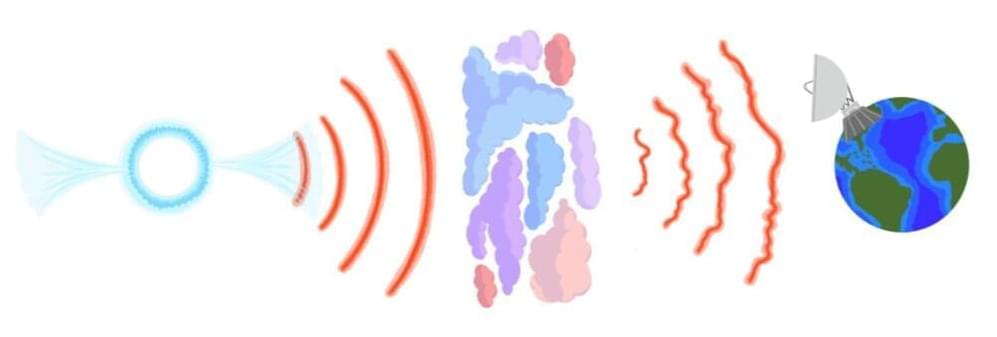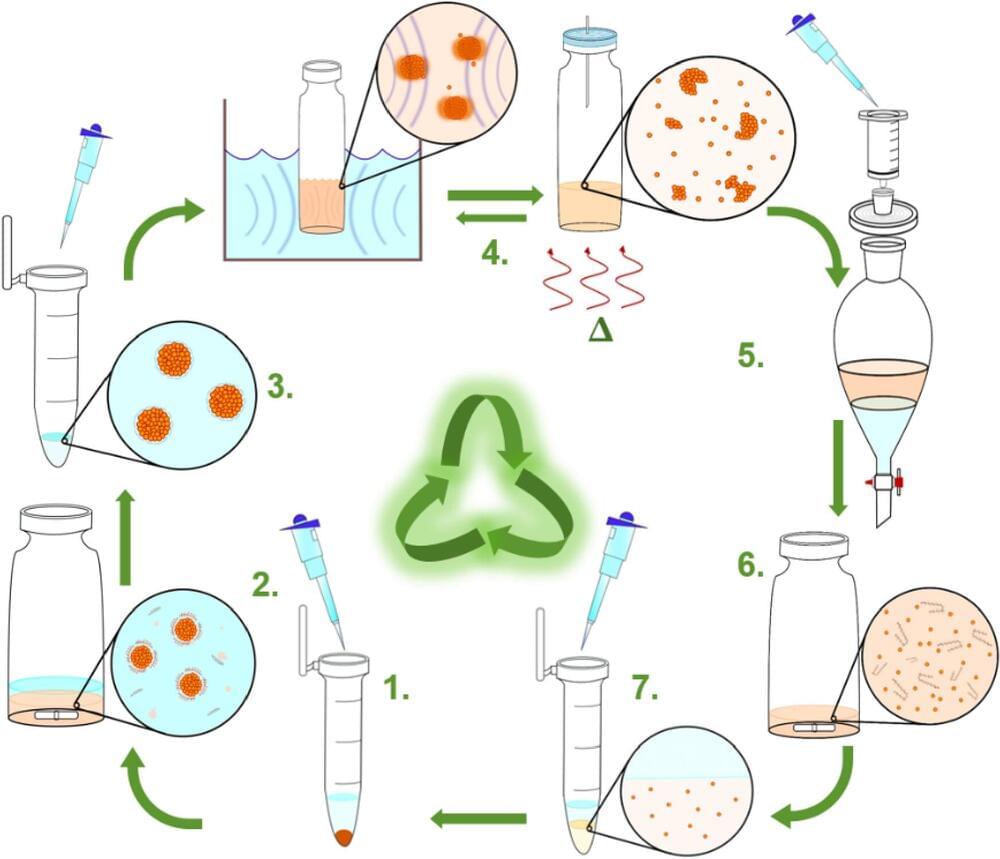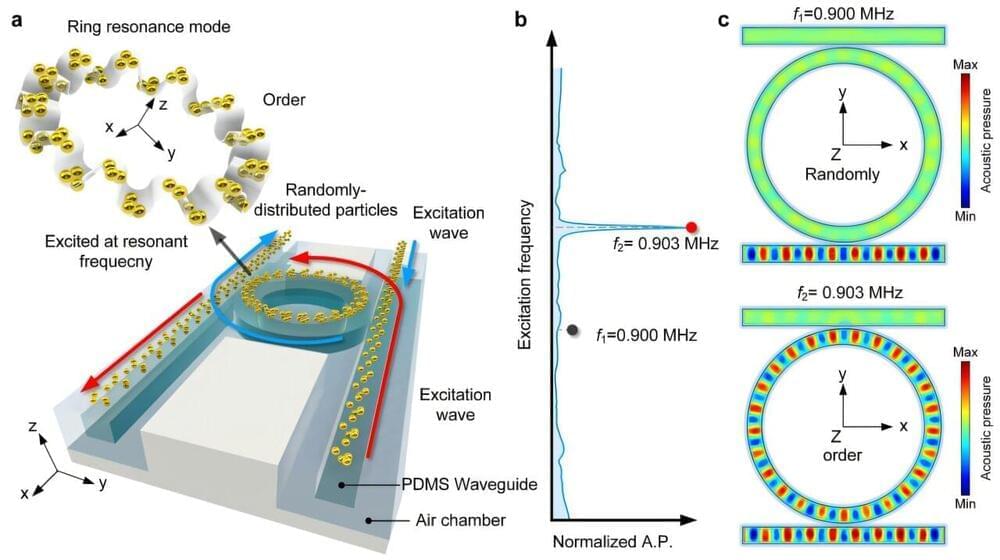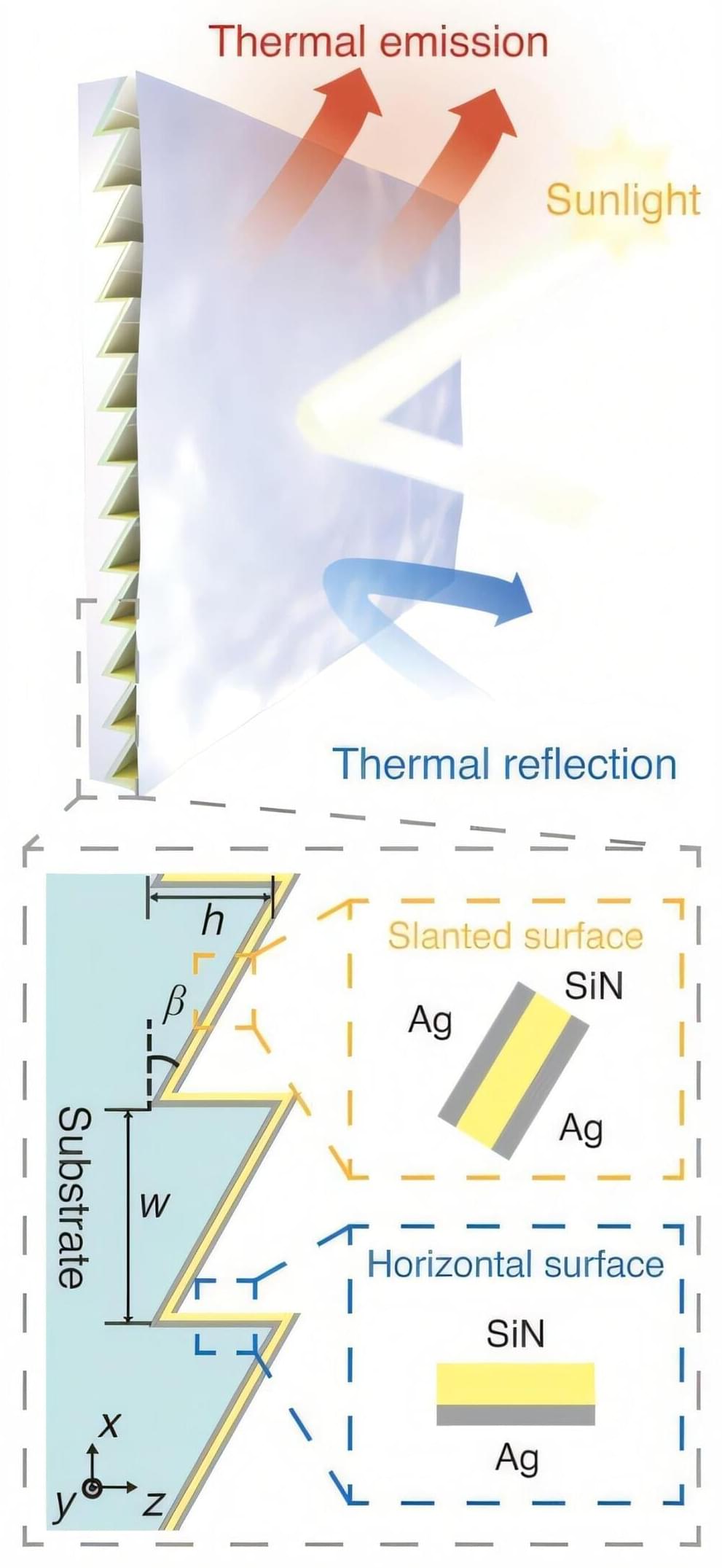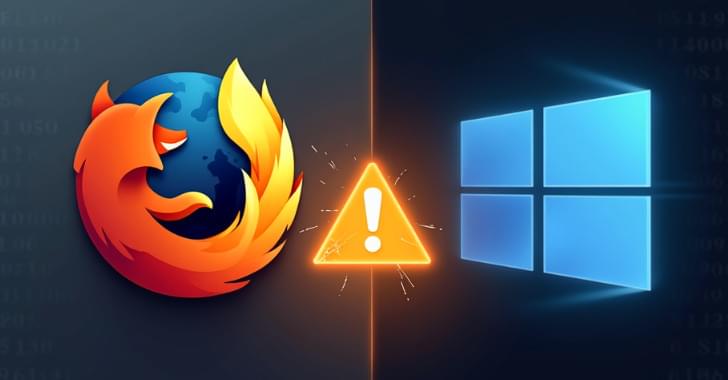Nov 27, 2024
Final data and undiscovered images from NASA’s NEOWISE
Posted by Saúl Morales Rodriguéz in category: space
While NASA’s NEOWISE telescope ended its journey through space on Nov. 1, 2024, the team at IPAC, a science center at Caltech, was working on one further gift from the prolific mission.
The final data release from NEOWISE was released to the astronomy community just two weeks later, on Nov. 14, encompassing over 26 million images and nearly 200 billion sources detected by the telescope. And today, IPAC is releasing six new images from the mission’s archival data as a tribute to this landmark project, available here.
NEOWISE was launched as the Wide-field Infrared Survey Explorer (WISE) in 2009 and then reactivated in 2013 as NEOWISE, the asteroid-hunting phase of the mission. The infrared space telescope studied the entire night sky and conducted 21 complete sky surveys during more than a decade of operation.

